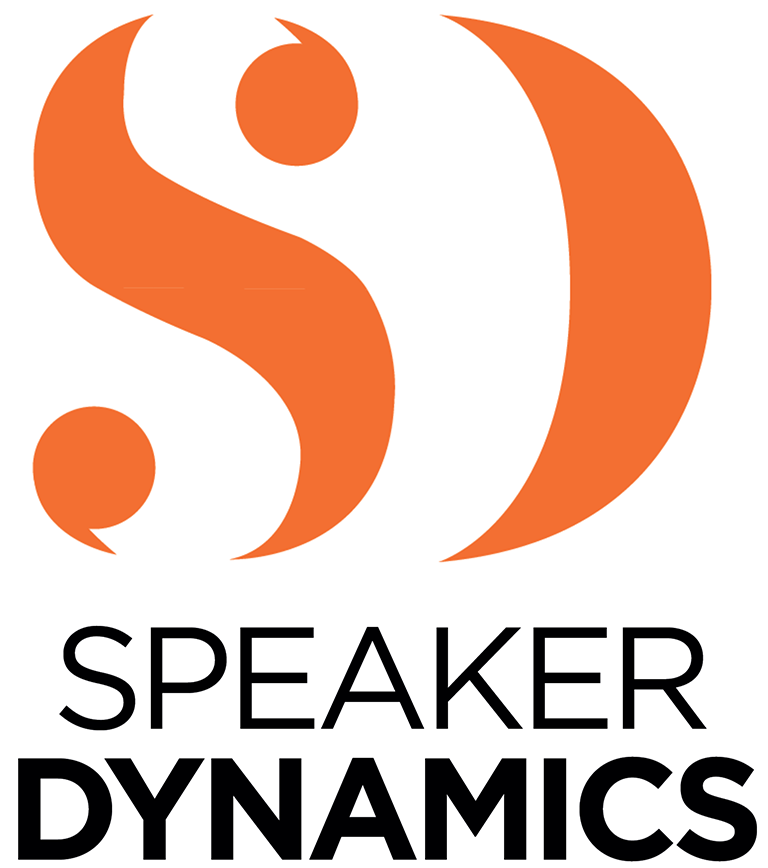In the movie Talledega Nights, Ricky Bobby, a character played by Will Ferrell, is being interviewed after a race. He tells the reporter, “I’m not sure what to do with my hands.” He’s told to just keep them at his sides. During the course of the interview, though, his hands seem to float into the shot as if they were two foreign bodies with minds of their own.
This was done for comedic effect, but there’s a kernel of truth in that bit. When the record light goes on, you can suddenly become hyperaware of your physical self and start asking yourself: how should I stand, should I stay in one place, and, of course, what should I do with my hands?
Some people choose to simply take their physical selves out of the equation and not move at all. Their heads stay locked in place, and their hands remain in the same position throughout their entire performance—at their sides, behind their back, or in their pockets. But this approach can backfire because the “don’t move” technique creates a stiffness that looks uncomfortable to the viewer and surely feels uncomfortable for the speaker.
If authenticity is the key to being effective on camera, then your body language should be the same on camera as it is when you are off camera.
Here’s the tricky part: most of us are not even aware of how much we gesture. So how do you know where your natural inclinations lie?
Your best bet is to try to have a looseness in your body throughout and allow your gestures to occur organically. The less you think about them, the more likely they will come across as genuine.
I once had a client ask me for a list of gestures to use on camera. I was stymied, mostly because I thought it would be hurting, not helping, his cause. Your presentation style is a combination of your verbal and nonverbal communication, and that style is unique to you.
That’s why it works.
Canned gestures from a list will most likely appear contrived and will make you, the presenter, look fake.
Gesturing as a Visual Aid
There are times, however, when a planned gesture can add value to your overall impact. When used sparingly, gestures can help your audience retain your content if the gesture complements your words. Think of it as using your body language as a visual aid.
For example, if you are talking about revenue rising, you can show it rising by making a vertical gesture with your hand. If you have a broad spectrum of experience, opening your arms wide will serve as a visual representation of that.
A word of caution, though: make sure your gestures match the content and are authentic to you.
Learn More: On-Camera Coach
If you found this information valuable, check out my book, On-Camera Coach: Tools and Techniques for Business Professionals in a Video-Driven World, now available from Wiley Publishing. On-Camera Coach aims to take the mystery out of communicating through the camera and provides specific tips and techniques that can make your message sing—and you, the messenger, feel confident in a job well done.

